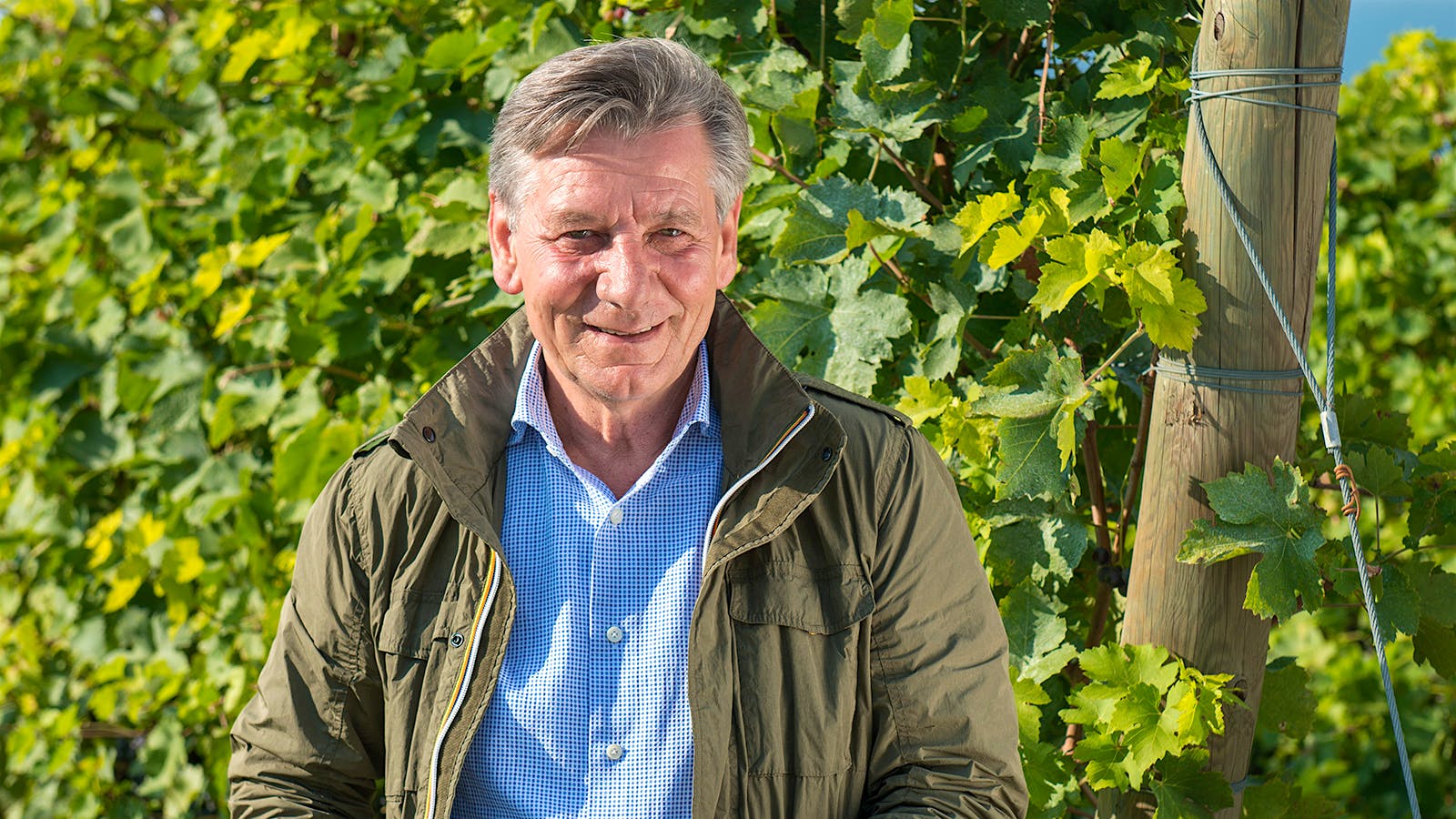Franco Allegrini, one of Northern Italy’s most influential winemakers, died April 23 at his home in the Valpolicella hills west of Verona, after a years-long battle with cancer. He was 66.
Allegrini is remembered by friends and colleagues as a man who embodied a range of the best traits associated with Italy and the wine world. He helped revolutionize the making of modern Amarone.
“Franco was not only a genius, but he was a man of heart—a good man, a generous man, an honest man and a family man,” said his best friend, Roberto Anselmi, a well-known winemaker in Soave.
Even as his family’s Allegrini brand grew into one of Italy’s greatest wine success stories, Franco Allegrini remained a hands-on winemaker and experimenter, while his sister, Marilisa, managed the company as CEO and Allegrini’s global face. “He never looked for profits,” Anselmi said. “Profits arrived, but what he searched for was quality.”
Franco, Marilisa and their elder brother, Walter, took the helm of a modest family estate in 1983 with the death of their father, Giovanni. Franco’s role initially focused on the cellar, but with the untimely death of Walter in 2003, he also took over running of the estate agriculture.
Over the next four decades, the Allegrinis would grow their company to include two estates in Tuscany as well as a Veneto-based négociant label. During research for a Wine Spectator cover profile in 2017, I was struck by Franco’s obsessions with organic agriculture, vineyard health and hygiene in every part of the winemaking process, including the drying of grapes to make Amarone.
“Franco was a leader—he was a sort of pioneer in Valpolicella,” said Sabrina Tedeschi of Tedeschi. “And he shared his ideas with the whole territory.”
Local winemakers like Tedeschi say Franco led the way by showcasing local hillside vineyards and in particular the estate’s flagship single-vineyard La Poja, made entirely from Corvina. “Franco was a revolutionary for quality. He did his part at a time when Valpolicella was not famous like today,” said Fausto Maculan, the Veneto producer in Breganze between Verona and Venice.
His most visible contribution to the Amarone landscape was his work building Terre di Fumane, a 54,000-square-foot, state-of-the-art drying facility and research center that opened in 1997 with the aim of honing the appassimento process by monitoring and controlling molds, temperature and airflow.
“One thing he understood was how to produce Amarone that was drinkable, full of fruit and pleasure and not excessive, oxidated, Port-[like] or jammy,” Maculan said.
Allegrini was a man who expressed his feelings and opinions spontaneously—quick to laugh and sometimes cry—yet was also a man of almost shy humility, who seemed to dislike giving speeches or listening to long-winded or pompous ones. As a wine lover, he also liked to try great wines from almost anywhere but saw it as unseemly for a winemaker to order his own bottles in a restaurant.
Franco is survived by his wife, Marilena, and three sons: Francesco, who works in Allegrini’s sales and marketing sectors, and Matteo and Giovanni, who both work with the company’s viticulture and winemaking operations.
“Franco always said, ‘When I die, I want my friends to have a crazy party,” said Anselmi. “But I don’t want to have a party. I am full of tears.”
